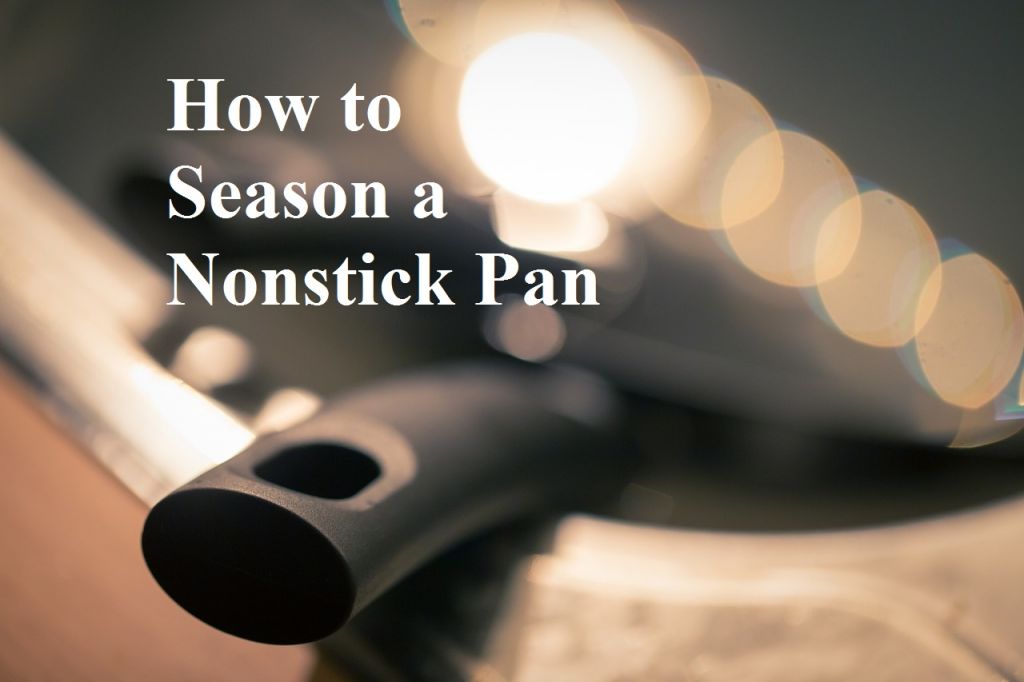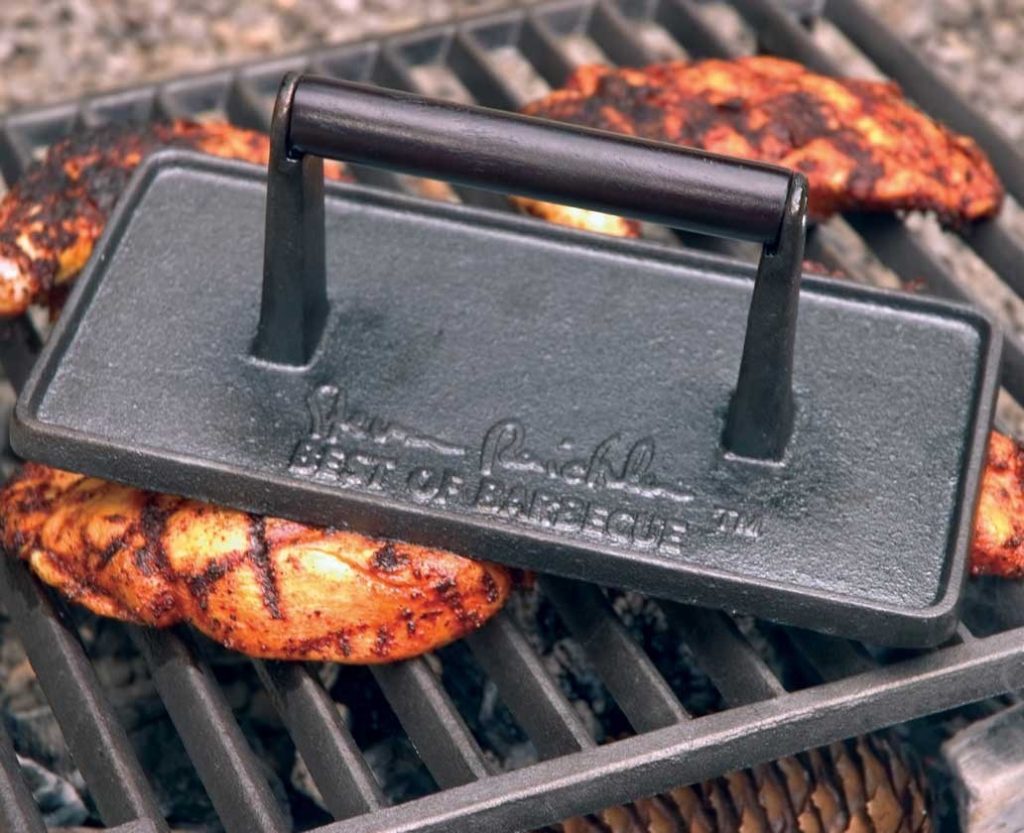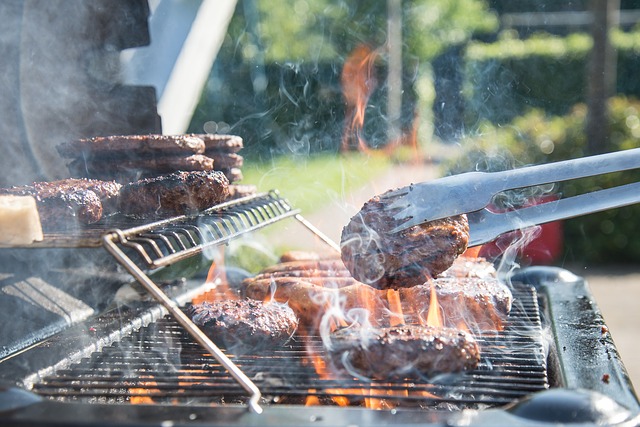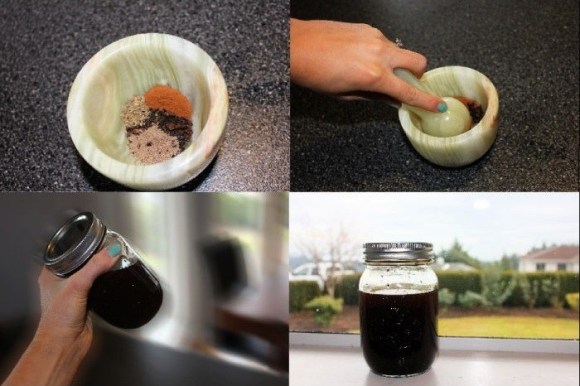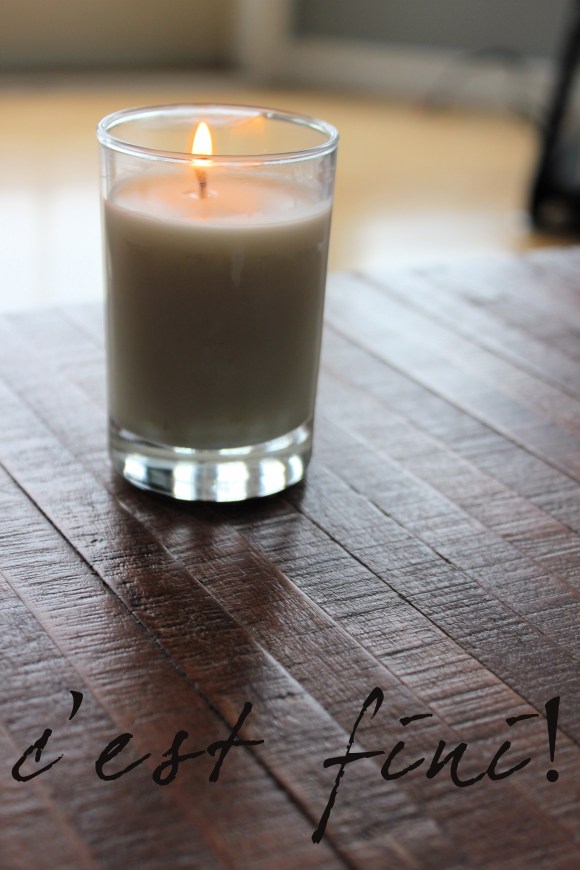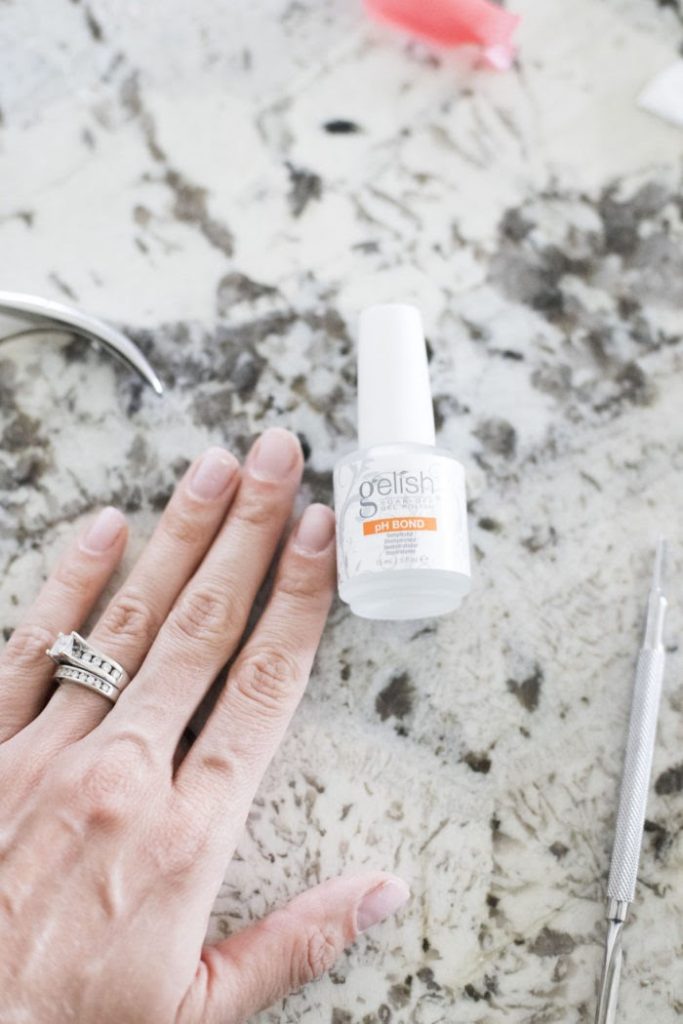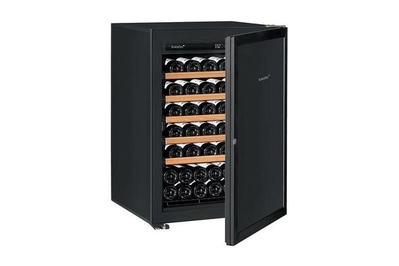
What is a wine coolers machine?
A wine cooler is any of several appliances intended to chill wine quickly and keep it cool. A modern countertop beverage cooler can be used for this purpose, but it will not maintain the optimum temperature range long enough for most wines.
Doing so without affecting its taste is difficult; even professional sommeliers cannot do this with complete consistency. The traditional approach would be to use an ice bucket with either ice or a mixture of ice and water, let stand until chilled, then serve from within the same container.
Manufacturers claim that their appliances allow one to serve wine between 38°F (3°C) and 50°F (10°C), depending on the model. Some models also incorporate a vacuum pump in order to remove oxygen from the container.
The machine that chill wine bottles can be used at home and has a storage space to accommodate up to 24 standard size bottles, making it very convenient for the users to use it anywhere at any time.
It also make an attractive and elegant addition to one’s bar or dining room as well as other rooms in the house like kitchen and bedrooms where you want your guests and family members who come visiting you always remember you for your excellence taste in wines because of using this marvelous machine .
Factors to Choose When Buy the Best Wine Cooler
The following are factors you need to consider in choosing the best wine cooler.
1. Size
First, consider the size of your wine cooler. You can find out what size would be appropriate for your home by checking the cubic area (CA) needed for a particular model.
For example, if you want to buy a single zone wine cooler which has total CA up to 60, make sure that this product will fit in your surroundings; otherwise it would make no sense since either you would have difficulty placing it or come to think of it- why did you even bother buying it in the first place!
However, keep in mind that larger units may not have enough gasket space against adjacent wall surfaces for sealing which could eventually lead into temperature loss.
2. Temperature range and control
The next thing you should look up for is the temperature range which can be found on product specifications. For example, some wine coolers may only go as low as 50 degrees Fahrenheit while others could drop lower than that down to 20 deg F.
It also depends on what types of wines you are trying to save in your unit. According to Real Gastropub, optimum storage for red wines ranges from 55 to 65 degrees Fahrenheit whereas white wines need it typically at 45-55 deg F.
As far as controls are concerned, it is best if these are digital rather than analog dials since they would provide better accuracy plus convenience. Furthermore, a good touchpad interface allows you to set specific settings based on the type of wine you are trying to preserve.
3. Thermoelectric or compressor cooler?
For thermoelectric wine coolers, make sure that they are Peltier devices otherwise their performance would be severely affected since there is no way it could operate without a fan inside.
On the other hand, for compressor based coolers, make sure that its size corresponds with room size to maximize energy efficiency. However this will not have much influence on temperature fluctuation which can be 5 deg F for every 10 minutes of running time in case unit operates at maximum capacity.
As far as noise level goes, compressor units tend to produce more noise compared to thermoelectric ones since they have two fans plus refrigerant line inside.
4. Temperature fluctuation
When considering the factors to choose the best wine cooler, you should look up for its ability to maintain a steady temperature inside.
For instance, if you are planning to store red wines at 55 deg F then your unit should be precise down to at least within one or two degrees in order not to affect taste of contents. On the other hand, for chilling white wines, it is better if their temperatures are set below 50 deg F since they can easily get spoiled when exposed under warmer conditions which would accelerate aging process.
As for flavor-influencing factors, make sure that there is no way for light or vibration to reach bottles since these could break cork seal weakening wine over time.
5. Noise level
Finally, you should take noise level into the equation. First, make sure that there is no sound when your wine cooler starts and stops since this could affect its performance.
Second, compressor units tend to produce more noise compared to thermoelectric ones because they have two fans plus refrigerant line inside which contributes to overall ambient noise levels.
Therefore, you should look for units having advanced insulation technology such as foam-in-place gaskets around doors and panels with high density insulation material within frame structure in order to minimize or even cancel out any unwanted noises coming from inside. Good luck!

